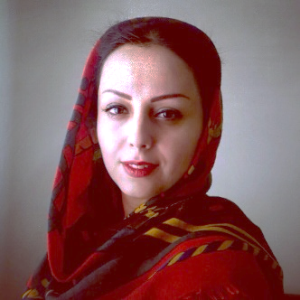Title : Comparative investigation of laryngeal palpation scale (LPS) between Primary and secondary muscular tension dysphonia
Abstract:
Objectives: Muscle tension dysphonia (MTD) is a condition that is often assessed through palpation examination. The laryngeal palpation scale (LPS) is a reliable and valid tool developed to evaluate patients with MTD. MTD is classified into primary (without tissue reactions) and secondary (with tissue reactions). The objective of this study was to compare the LPS scores between primary and secondary MTD.
Methods: This cross-sectional study included 39 participants (10 men, 29 women) who were divided into two groups: primary MTD and secondary MTD with mass lesions. Each type of MTD was diagnosed by a qualified otolaryngologist. The participants were assessed using the Laryngeal Palpation Scale (LPS), which comprises 45 variables evaluated across three subscales.
Results: The results of the current study showed that there is a difference between the primary MTD and secondary MTD in the subscale of Patients with symptomatic complaints of the item pain at rest/ speaking (pv = 0.001) and pain level (pv = 0.019) and the subscale of palpation the item Cricothyroid (left) in dynamic conditions (tenderness) (p v = 0.013). In other LPS items, no difference was observed between primary MTD and secondary MTD in all three subscales (pv ≥ 0.05).
Conclusions: The LPS scores for pain items during rest/speaking and the pain level, as well as the left Cricothyroid (tenderness) item, were different between the primary MTD and secondary MTD groups. However, the other LPS items did not show any difference between the primary MTD and secondary MTD groups. Further investigation on palpation findings with LPS in larger samples in both groups and with objective measurements such as electromyography are recommended.
Audience Take Away:
- Explain how the audience will be able to use what they learn?
- How will this help the audience in their job? Is this research that other faculty could use to expand their research or teaching? Does this provide a practical solution to a problem that could simplify or make a designer’s job more efficient? Will it improve the accuracy of a design, or provide new information to assist in a design problem? List all other benefits.
Since laryngeal palpation is a safe, non-invasive, and comprehensive assessment method designed to assess tension in the larynx, it seems that examining the differences between primary, and secondary MTD in each of the LPS items, which is a valid and reliable comprehensive tool, can be useful in designing treatment programs as well as treating clients who do not have access to assessment tools. Which will subsequently play an important role in improving the quality of life of clients. Our hypothesis in this study was that the Laryngeal Palpation Scale (LPS) between two groups of patients with voice disorders caused by primary and secondary muscle tension with mass lesions is different. Therefore, we decided to investigate this hypothesis in this study. This study was conducted for the first time to compare the Laryngeal Palpation Scale (LPS) scores between two groups of patients with voice disorders caused by primary and secondary Muscle Tension Dysphonia with mass lesions



